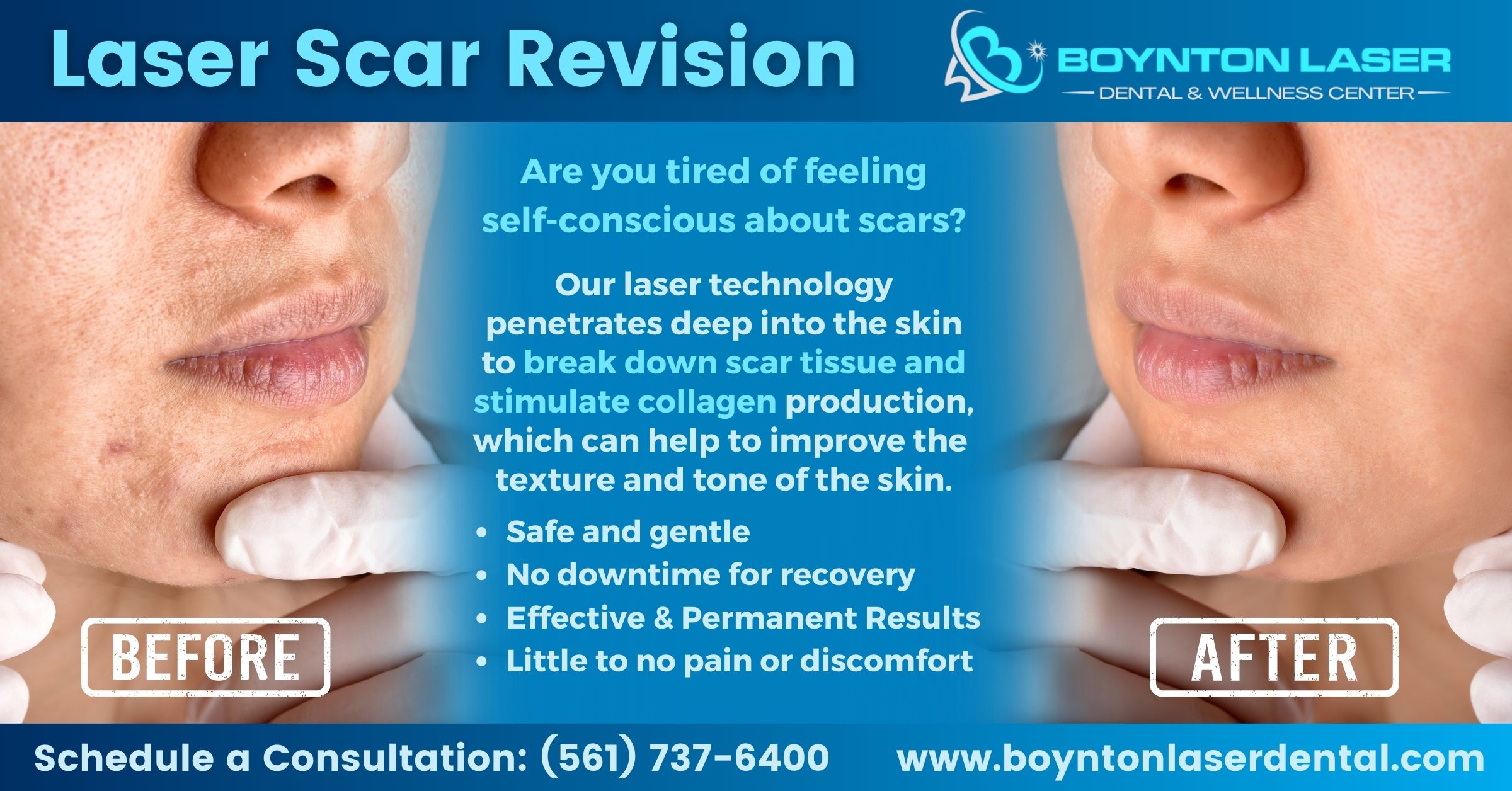
Embrace a Flawless Complexion with Laser Scar Revision
Scars can often be a constant reminder of past injuries, surgeries, or skin conditions, affecting both our physical appearance and self-confidence. Thankfully, advancements in medical technology have given rise to innovative solutions, such as laser scar revision, also known as laser scar fading. In this comprehensive article, we delve into the world of laser scar revision, exploring its benefits, the different types of scars it can address, the procedure itself, and post-treatment care. Discover how this cutting-edge treatment can help you regain a smooth, rejuvenated complexion.
I. Understanding Laser Scar Revision:
Laser scar revision is a non-invasive or minimally invasive procedure that employs advanced laser technology to reduce the appearance of scars. Whether caused by acne, burns, surgical incisions, or injuries, scars can be effectively targeted and faded through the precise application of laser energy. This treatment stimulates collagen production, promotes skin regeneration, and ultimately leads to a smoother and more uniform skin texture.
II. Types of Scars Treatable with Laser Scar Revision:
1. Hypertrophic Scars: These raised and thickened scars are the result of an overproduction of collagen during the healing process. Laser scar revision can help flatten and fade hypertrophic scars, improving their texture and visibility.
2. Atrophic Scars: These scars appear sunken or depressed and are often associated with conditions such as acne or chickenpox. By stimulating collagen production, laser scar revision can help plump and fill in atrophic scars, restoring a smoother surface.
3. Keloid Scars: Keloids are raised, thick scars that extend beyond the boundaries of the original wound. Laser scar revision can help reduce the size and prominence of keloid scars, providing relief and aesthetic improvement.
4. Surgical Scars: Laser scar revision is particularly effective in treating surgical scars. It can help minimize the appearance of surgical incisions, making them less noticeable and blending them seamlessly with the surrounding skin.
III. The Laser Scar Revision Procedure:
1. Consultation and Evaluation: Prior to undergoing laser scar revision, it is crucial to consult with a skilled dermatologist or laser specialist. They will evaluate the type and severity of your scars, assess your skin type, and discuss realistic expectations and potential outcomes.
2. Preparing for the Treatment: Your specialist will provide you with pre-treatment instructions, which may include avoiding sun exposure, discontinuing certain medications or skincare products, and cleansing the treatment area thoroughly. Proper preparation ensures optimal results and minimizes potential risks.
3. The Treatment Process: During the procedure, the specialist will cleanse the treatment area and may administer a local anesthetic or a numbing cream to enhance comfort. They will then use the laser device to target the scar tissue precisely. The laser energy is absorbed by the scar tissue, stimulating collagen production and promoting healthier skin regeneration.
4. Post-Treatment Care: Following laser scar revision, it is crucial to follow the post-treatment instructions provided by your specialist. This may involve keeping the treated area clean, applying prescribed ointments or creams, avoiding sun exposure, and refraining from picking or scratching the treated skin. Adhering to these guidelines promotes optimal healing and minimizes the risk of complications.
IV. Benefits and Results of Laser Scar Revision:
1. Scar Fading and Smoothing: Laser scar revision effectively fades scars by stimulating collagen production and promoting skin regeneration, leading to a smoother and more uniform complexion.
2. Improved Skin Texture: Laser treatments can help reduce the texture irregularities often associated with scars, making the skin appear smoother and more refined.
3. Enhanced Self-Confidence: By fading scars and improving skin appearance, laser scar revision can significantly boost self-esteem and
